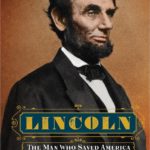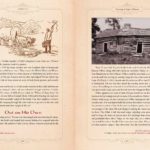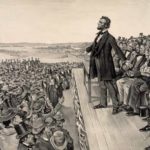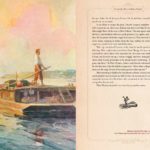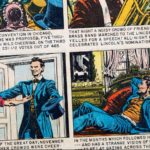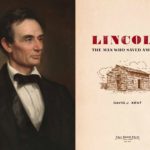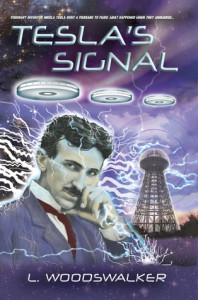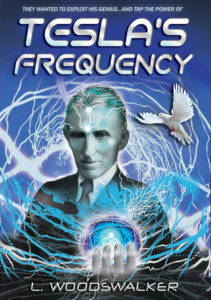I recently visited the famous Drum Tower (鼓楼, Gulou) in Beijing, China. I was surprised to learn that it was also a clock, or at least a timekeeper. The tower, which faces its Bell Tower counterpart, was originally built when Kublai Khan was Emperor of China during the Yuan Dynasty (13th century). Originally used as a musical center, it later became a way for the reigning government to announce the time. The two towers maintained this official role up until 1924, when western style clockwork was adopted to keep time.
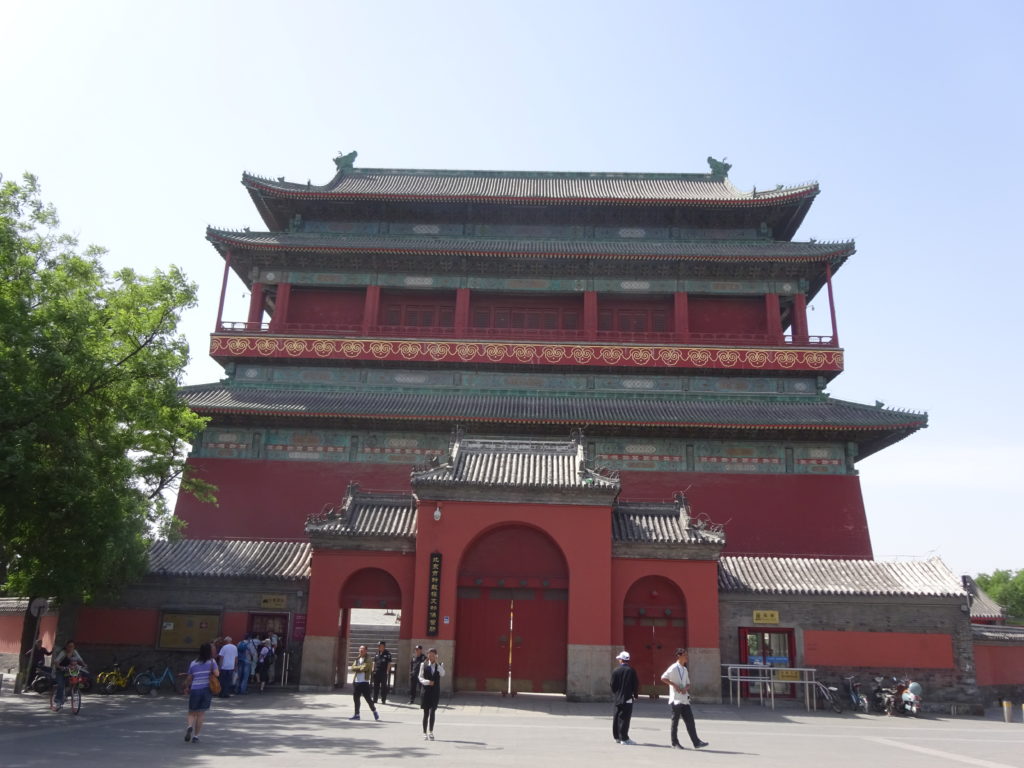
Climbing the long, steep stairway to the top gets you into the main room, one side of which holds a line of humongous drums. The one remaining original drum (of 25) sits to one side, its calfskin head slashed during the Eight Power Allied Forces’ invasion in 1900. We’re here to see the demonstration of the drums. While we wait we take in the panoramic view of Beijing from the outside walkway high above the streets.
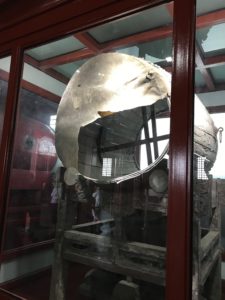
We also check out the displays of ancient timekeeping equipment. With our modern astronomically-linked smart phones and digital watches, it is interesting to see that much of time was monitored through the burning of incense and candles. Others used water or metal balls.
In one timepiece called a Bronze Kelou, time is measured by the flow of water through four copper clepsydras. A mechanical device would trigger the attached God of Cymbals to strike his cymbals together eight times for each quarter hour. Another timepiece called a Beilou contained several metal balls that would roll along copper pipe in a 2 meter tall cabinet. A ball would clang a cymbal every 24 seconds, thus it would take 14.4 minutes (an ancient quarter) for 36 metal balls to complete a cycle. It would take 24 hours for 3,600 metal balls to complete rolling, which gave relatively accurate time measurement.
It’s time. Four drummers march in and line up in front of the huge drums. They pound with such brute force it’s hard to imagine the drum heads lasting for very long. After only a few minutes you start to realize the power and strength of the drummers. Check out the video below.
After the demonstration we slowly descend the stairs, which somehow seem steeper going down than going up. This won’t be the last stairs – the even taller Bell Tower is next!
Meanwhile, check out my Goodreads author page. While you’re at it, “Like” my Facebook author page for more updates!
David J. Kent is the author of Lincoln: The Man Who Saved America, scheduled for release in summer 2017. His previous books include Tesla: The Wizard of Electricity and Edison: The Inventor of the Modern World (both Fall River Press). He has also written two e-books: Nikola Tesla: Renewable Energy Ahead of Its Time and Abraham Lincoln and Nikola Tesla: Connected by Fate.
Follow me by subscribing by email on the home page. And feel free to “Like” my Facebook author’s page and connect on LinkedIn. Share with your friends using the buttons below.



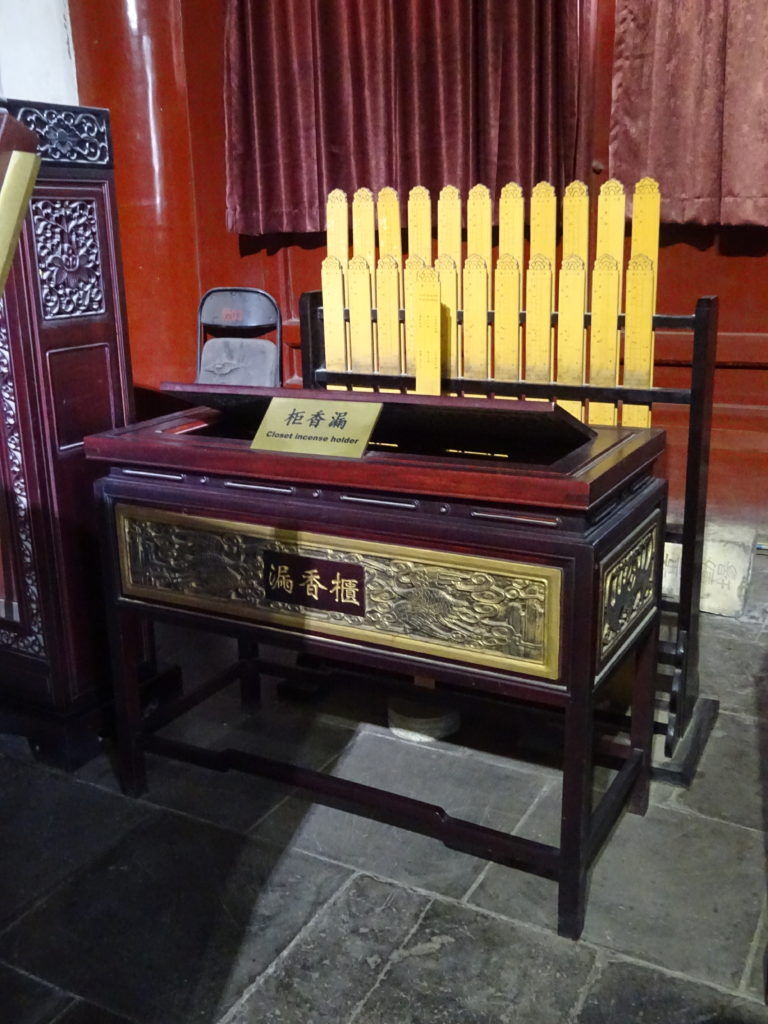
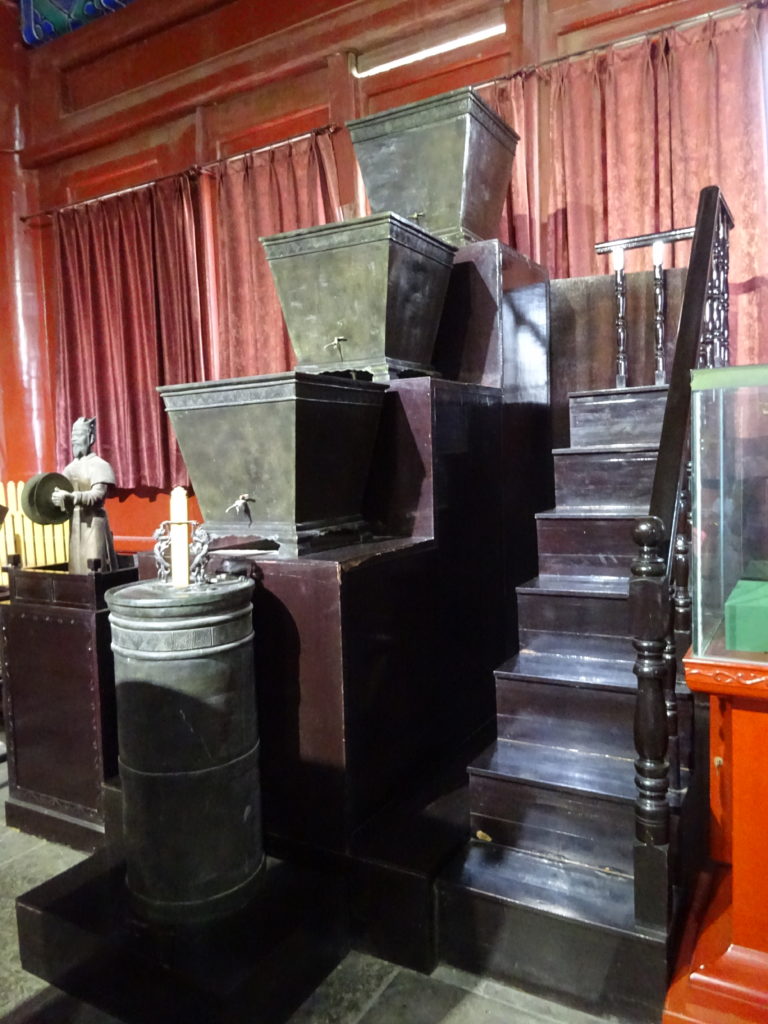
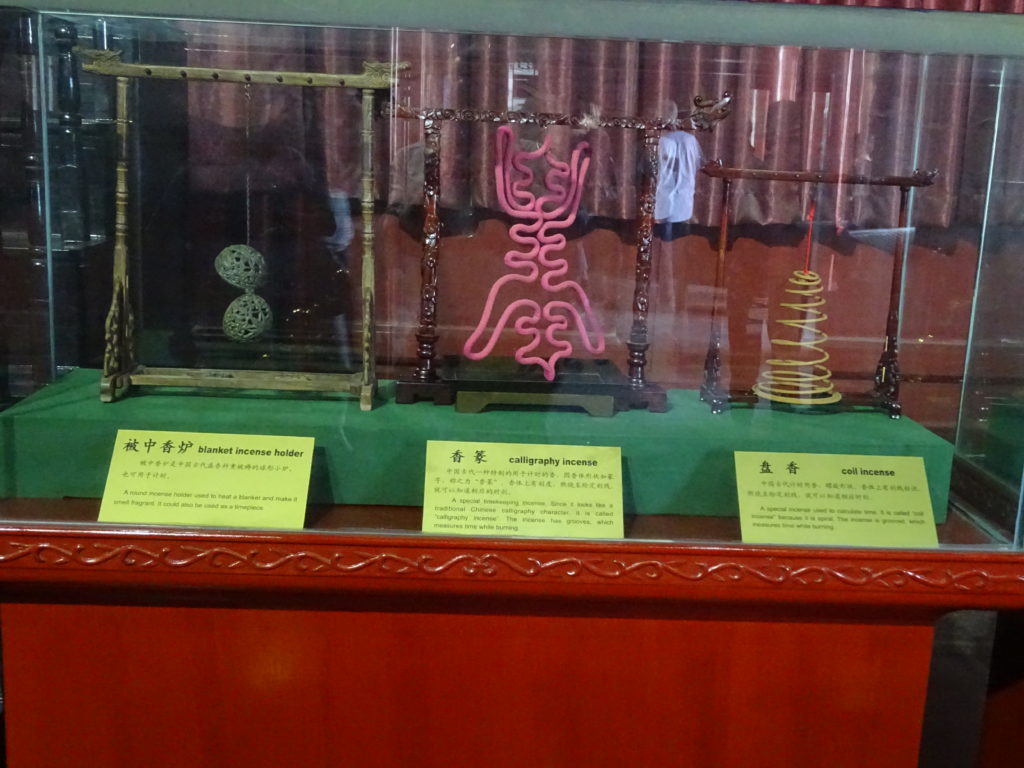
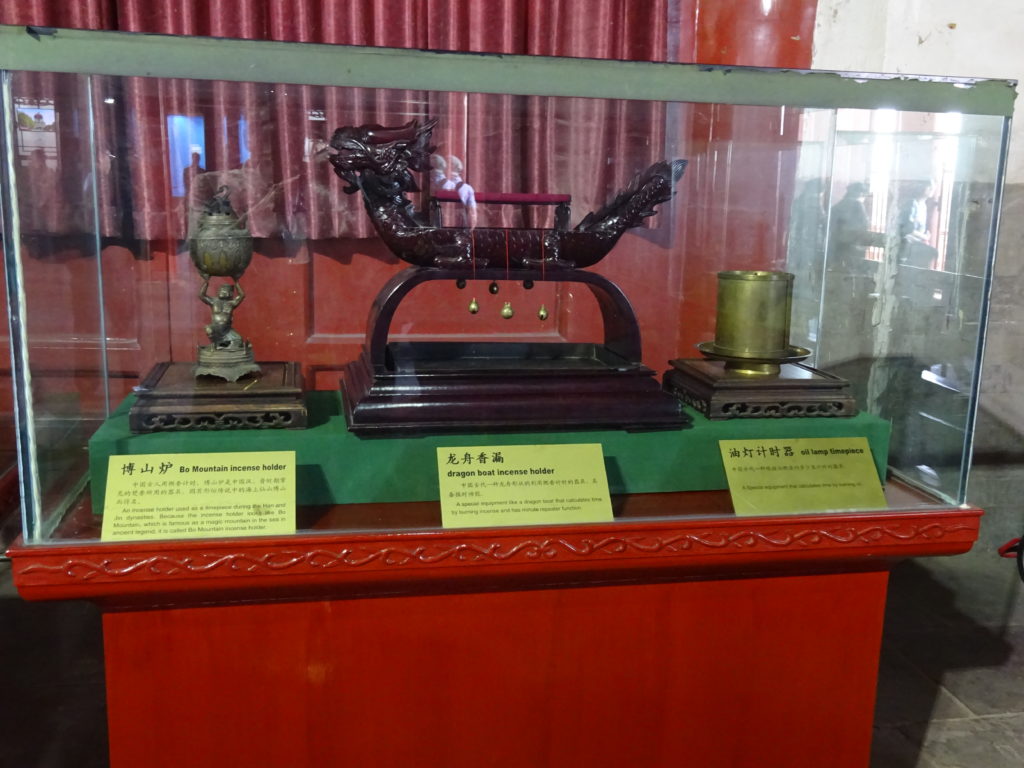
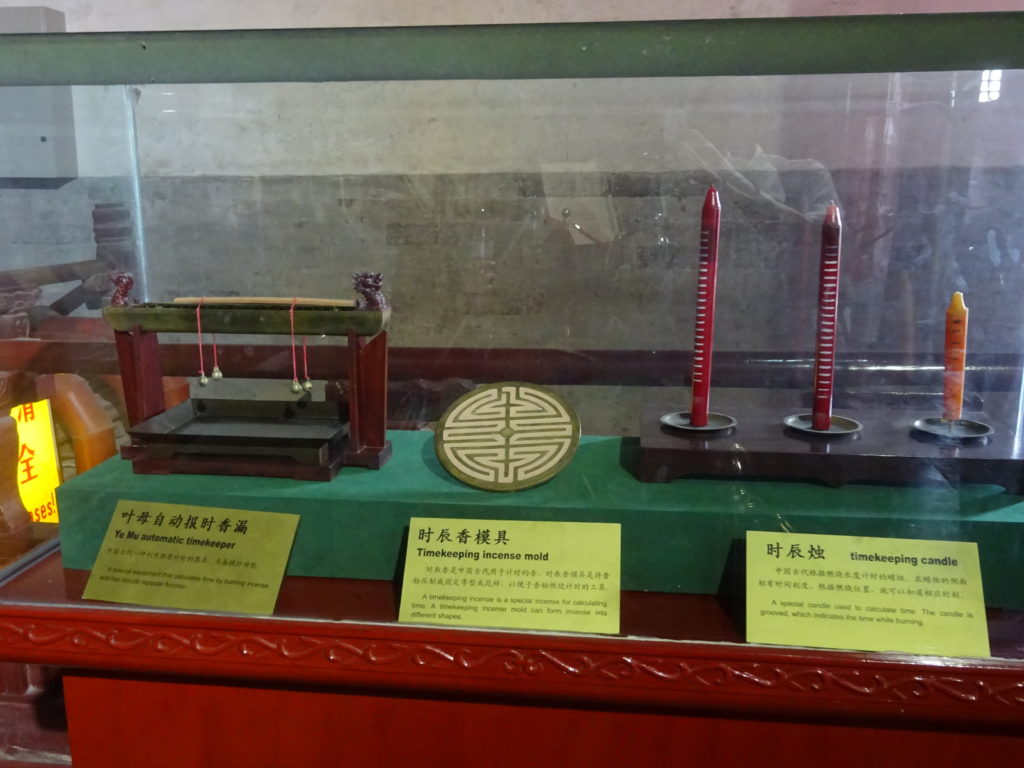
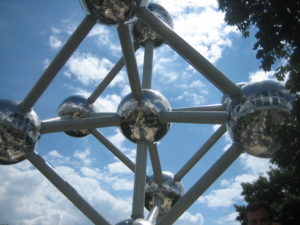 Networking is your best friend!
Networking is your best friend!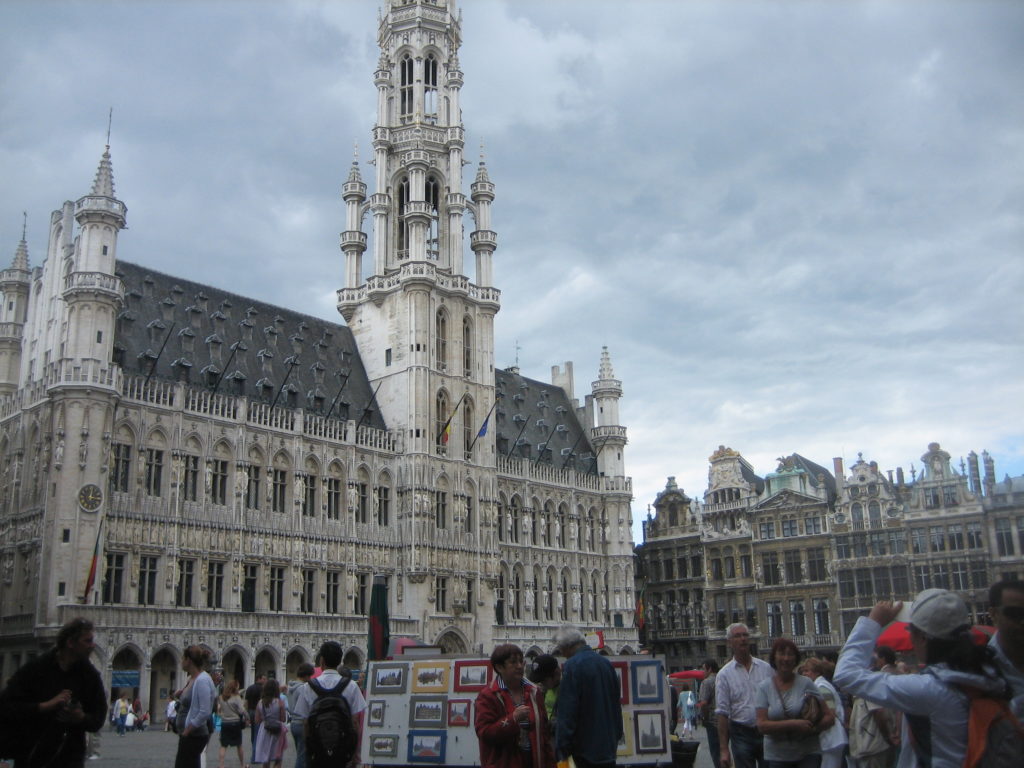
 My Abraham Lincoln library began with a few books years ago and grew slowly into several shelves, then leapfrogged into several bookcases, and in seemingly one big bang expanded exponentially into several rooms. This week I took steps to consolidate the space (somewhat) and provide adequate space for new arrivals (at least temporarily).
My Abraham Lincoln library began with a few books years ago and grew slowly into several shelves, then leapfrogged into several bookcases, and in seemingly one big bang expanded exponentially into several rooms. This week I took steps to consolidate the space (somewhat) and provide adequate space for new arrivals (at least temporarily).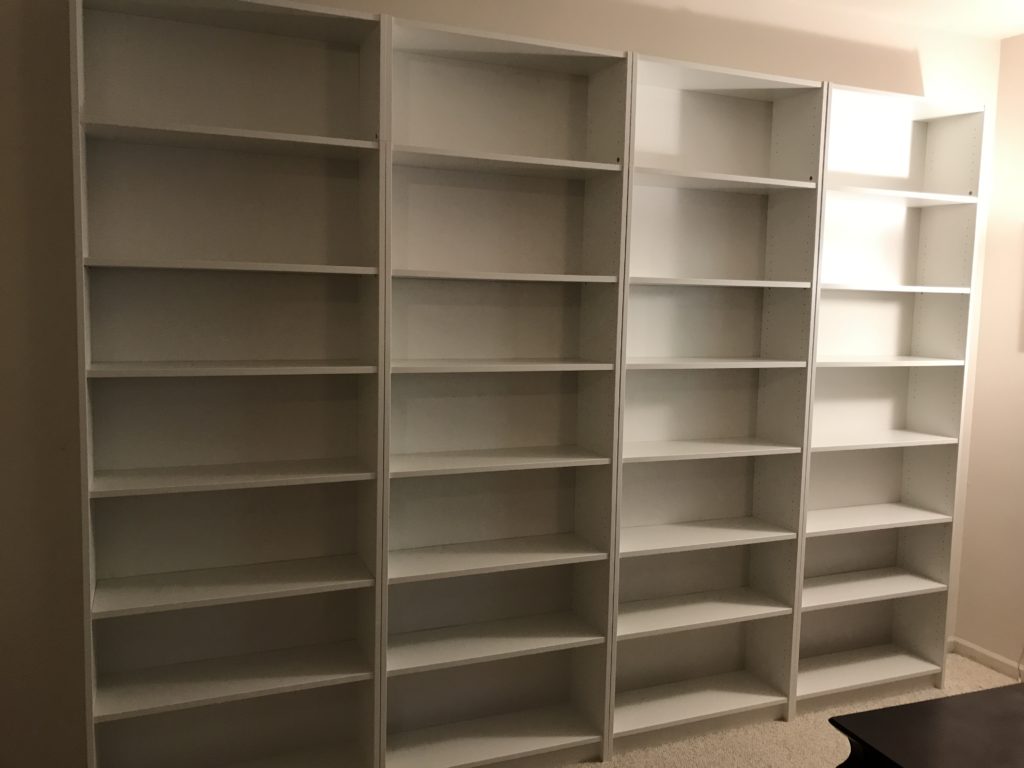
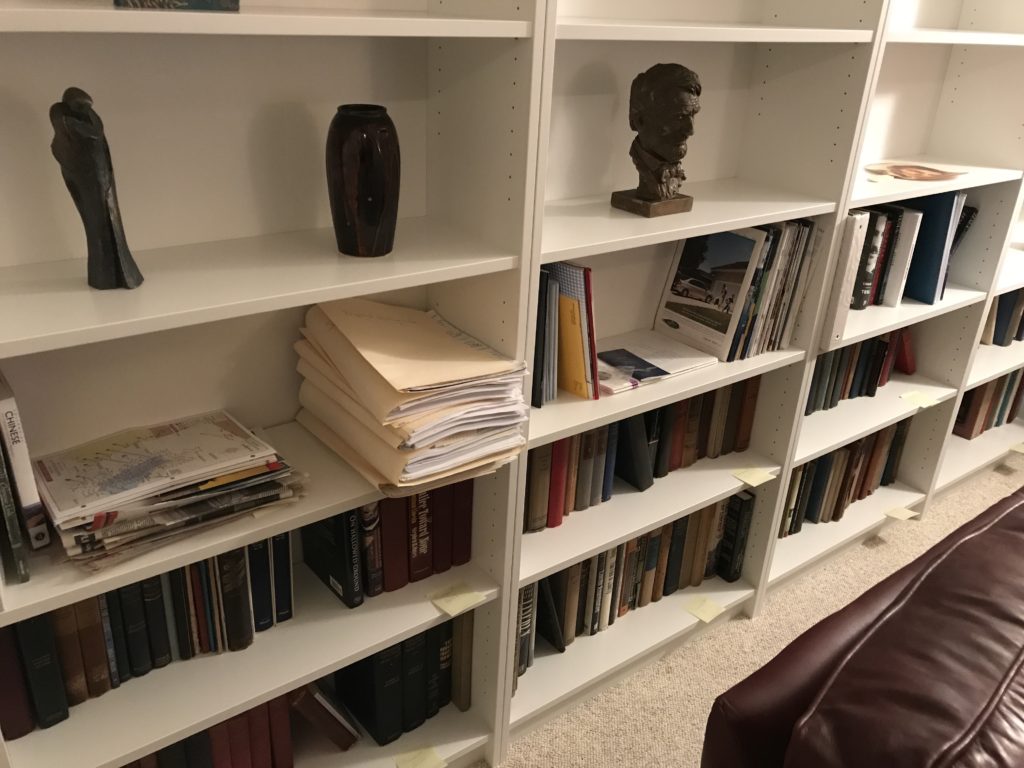
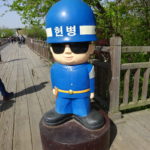 Recently, while North Korea was firing test missiles into the surrounding sea and China/South Korea tensions were heightened due to the
Recently, while North Korea was firing test missiles into the surrounding sea and China/South Korea tensions were heightened due to the 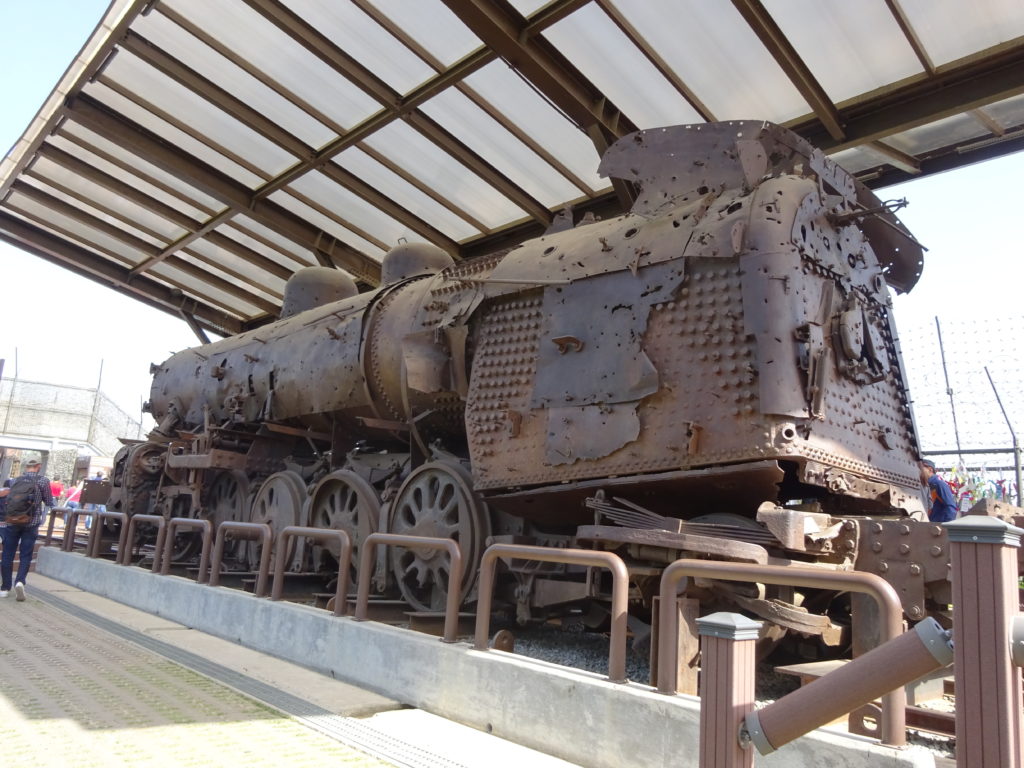
 After seeing a video explaining the “3rd tunnel” and walking through a small museum, we donned hard hats for hike into the tunnel system. A long, steep access passage high enough to walk comfortably brought us steeply downward (358 meters long, 3 meters diameter, 11 degree angle) to a point where it intersected with the original tunnel of aggression. This “3rd tunnel” was very narrow (two people could barely squeeze sideways) with low ceilings (our hard hats dinged the ceiling routinely). Totaling 1,625 meters long, the 2 meter high and 2 meter wide tunnel sits 73 meters below the surface. About 1,200 meters of it is on the North Korean side of the demarcation (border) line, with 435 meters inside South Korea. We could walk hunched over about 265 meters, at which point a series of blockade walls keeps the two countries separated. Anthracite coal was painted on the walls and ceilings as a ruse; if discovered they could claim it was just a coal mine. Not a particularly credible feint given there is no coal in the region and the tunnel is cut through solid granite. While four tunnels have been discovered to date, it’s possible more exist. Photography was banned in the tunnels and everything but our clothes were required to be left in above ground lockers, so the photo above will have to suffice.
After seeing a video explaining the “3rd tunnel” and walking through a small museum, we donned hard hats for hike into the tunnel system. A long, steep access passage high enough to walk comfortably brought us steeply downward (358 meters long, 3 meters diameter, 11 degree angle) to a point where it intersected with the original tunnel of aggression. This “3rd tunnel” was very narrow (two people could barely squeeze sideways) with low ceilings (our hard hats dinged the ceiling routinely). Totaling 1,625 meters long, the 2 meter high and 2 meter wide tunnel sits 73 meters below the surface. About 1,200 meters of it is on the North Korean side of the demarcation (border) line, with 435 meters inside South Korea. We could walk hunched over about 265 meters, at which point a series of blockade walls keeps the two countries separated. Anthracite coal was painted on the walls and ceilings as a ruse; if discovered they could claim it was just a coal mine. Not a particularly credible feint given there is no coal in the region and the tunnel is cut through solid granite. While four tunnels have been discovered to date, it’s possible more exist. Photography was banned in the tunnels and everything but our clothes were required to be left in above ground lockers, so the photo above will have to suffice.

